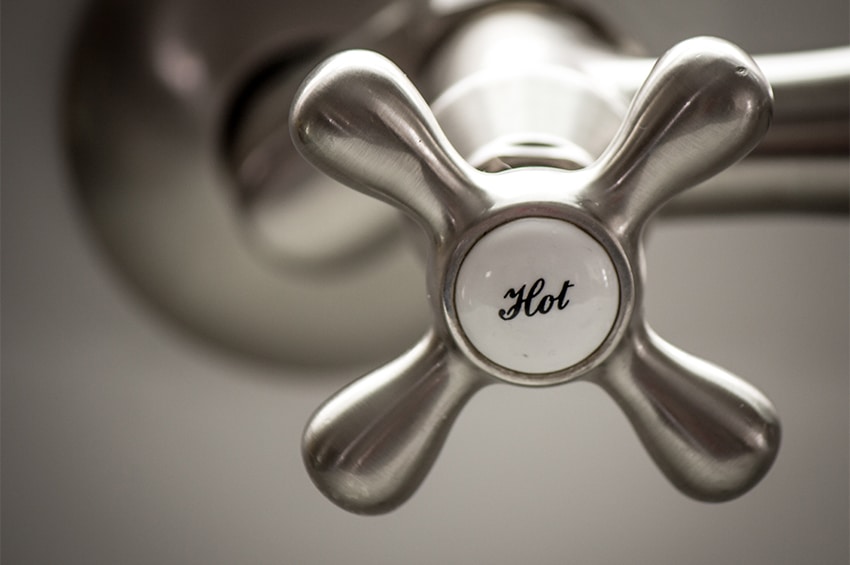The water heater in your home is the second largest use of energy, making up roughly 18 percent of your energy bill each month. Ensuring your hot water heater is set to the proper temperature will not only help reduce your monthly energy bill, but you’ll also extend the life of the unit.
A simple test inside your home will help you decide if you should check the unit’s temperature. Turn a faucet on with just hot water. Allow the water to get as hot as possible. Is it too hot to wash your hands or shower? If so, it’s likely your water heater temperature is set too high. If the water never gets hot, you may have the temperature set too low.
Ideal Temperature For A Water Heater
The EPA recommends setting your water heater at 120 degrees, but depending on your home, that setting may not be ideal.
A number of homeowners don’t realize that setting the temperature too low on your unit can be just as detrimental as setting it too high. Cold showers will be the least of your worries if you set the water heater below 120 degrees. Too cool of a temperature will allow bacteria to grow in the tank. Stagnant, cool water is the ideal breeding ground for Legionella, which can cause a severe flu-like illness.
The number of elements in your home will determine if you should set your unit higher than 120 degrees.
Water Heater Temperature Factors
Test the suggested 120 degree setting. If the water doesn’t get hot enough, these elements may play a factor in how high you should set your gauge:
- If the unit is electric or gas powered
- The material of pipes in your home (PEX, copper, plastic)
- If hot water unit has a traditional tank or is tankless
Consider setting hot water heater between 120-140 degrees if:
- Large family calls for increased water usage
- Water coming from the dishwasher doesn’t pre-heat
- Resident in home suffers from a weakened immune system or respiratory disease
Save Energy With Hot Water Heater
By turning down your hot water heater by 10 degrees, it’s projected you’ll save three to five percent on your yearly energy costs. If you just purchased a hot water heater or moved into a new home, check the setting. Most manufacturers set the default temperature to 140 degrees, which may be too hot from some homes. To determine the water temperature, you can take a reading from water coming from the faucet or check the gauge on the unit.
Water Heater Problems
A hot water tank booster allows you to store hot water in the tank – avoiding bacteria growth – but cools the water before it reaches the spout so you don’t get scalded in the shower. The booster mixes water from the hot water valve and cool water from the input valve to give you a water flow that’s comfortable.
A hot water circulating system is an ideal solution for homes that need an increased supply of hot water. Homes with large families could benefit greatly from the system, which keeps hot water circulating through the plumbing so it doesn’t have time to cool before it reaches the tap.
The recommended water heater temperature falls between 120 and 140 degrees. Test different settings to determine the ideal temperature for your home. If you think the temperature isn’t adjusting properly, call a plumber skilled in water heater issues.



